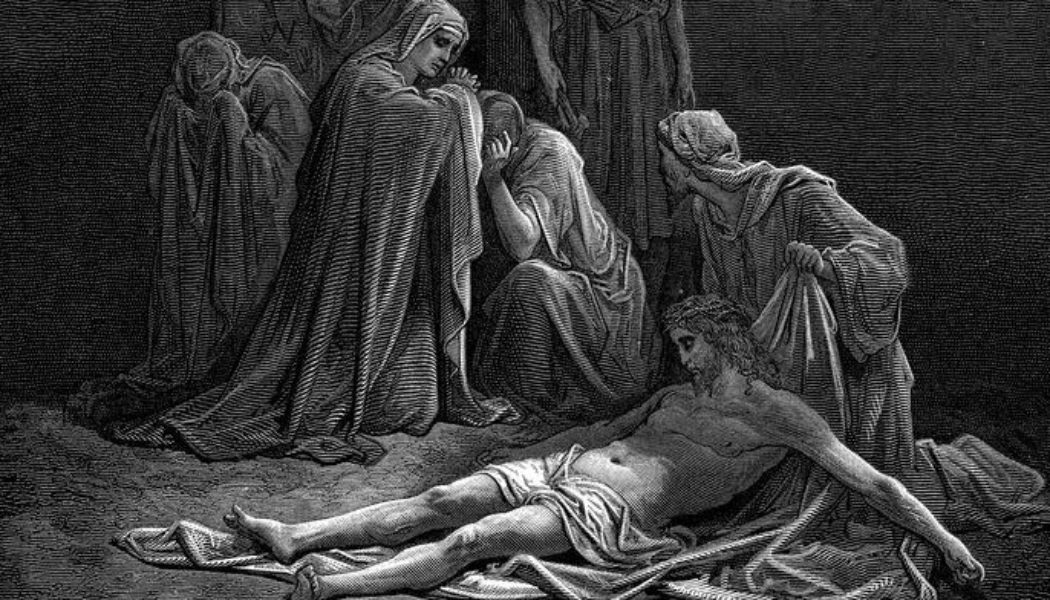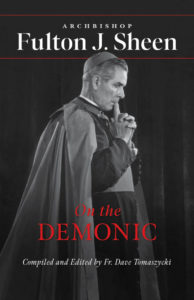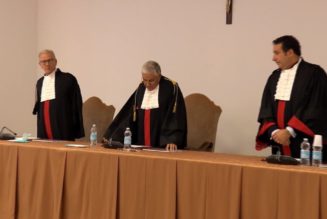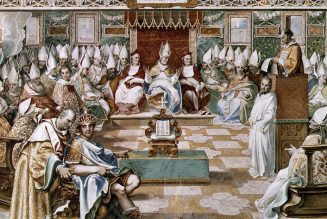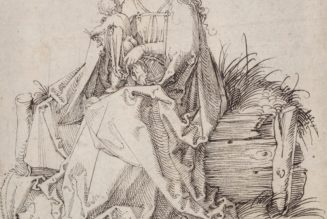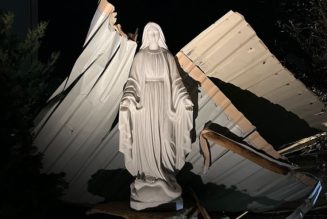By Clement Harrold
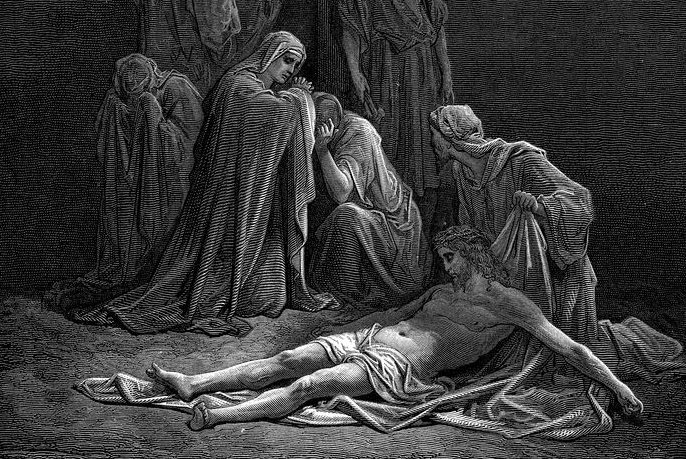
We know remarkably little about who the Antichrist will be and what his arrival on the earth will look like. The very word antichrist only appears in four verses of Scripture, all of them in the Johannine epistles: 1 John 2:18, 1 John 2:22, 1 John 4:3, and 2 John 7.
The author of these epistles clearly expects his readers to already have some background knowledge of what kind of creature the Antichrist is supposed to be, since he presents the concept without introduction: “Children, it is the last hour; and as you have heard that antichrist is coming, so now many antichrists have come; therefore we know that it is the last hour” (1 Jn 2:18). This fits with what we know about ancient Jewish theology more generally, which included an anti-messianic figure destined to appear in the world during the end times.
1 John 2:18 also reminds us that the name antichrist can be applied to a multitude of individuals. In the Church’s interpretative tradition, therefore, it is usually understood that there will be many lesser antichrists throughout history, that is, many people who deny that Jesus is the Christ (see 1 Jn 2:22) as well as the reality of the incarnation (see 2 Jn 7), and who are therefore guilty of “the spirit of antichrist” (1 Jn 4:3).
Yet these “antichristic” individuals should not be confused with the archetypal Antichrist, a real human being who will be the embodiment of everything antithetical to Christ. This final Antichrist seems to be the one St. Paul has in mind when he speaks of the “the man of lawlessness … the son of perdition” in 2 Thessalonians 2:3. This man of lawlessness will come, we are told, “by the activity of Satan” and “will be with all power and with pretended signs and wonders, and with all wicked deception for those who are to perish” (2 Thess 2:9-10).
From this we can deduce that the hallmarks of this diabolical figure will be his blasphemous arrogance, his claiming to be God, and his widespread deceptions (see 2 Thess 2:4). Indeed, many of the Church Fathers warn that when the Antichrist comes, he will do his utmost to persuade people that he is the Christ, demanding people worship him and drawing them away from the true faith of God.
Along these lines, the Catechism of the Catholic Church helpfully summarizes the main points we can know about the Antichrist’s coming:
§675 Before Christ’s second coming the Church must pass through a final trial that will shake the faith of many believers. The persecution that accompanies her pilgrimage on earth will unveil the “mystery of iniquity” in the form of a religious deception offering men an apparent solution to their problems at the price of apostasy from the truth. The supreme religious deception is that of the Antichrist, a pseudo-messianism by which man glorifies himself in place of God and of his Messiah come in the flesh.
§676 The Antichrist’s deception already begins to take shape in the world every time the claim is made to realize within history that messianic hope which can only be realized beyond history through the eschatological judgment. …
§677 The Church will enter the glory of the kingdom only through this final Passover, when she will follow her Lord in his death and Resurrection. The kingdom will be fulfilled, then, not by a historic triumph of the Church through a progressive ascendancy, but only by God’s victory over the final unleashing of evil, which will cause his Bride to come down from heaven. God’s triumph over the revolt of evil will take the form of the Last Judgment after the final cosmic upheaval of this passing world.
As has always been the case in her history, so too in the end times the Church will be asked to undergo one last purgation prior to the final judgment and the forming of the new heavens and the earth. Elements of this final confrontation between good and evil are also alluded to in the book of Revelation, though great caution must be exercised when interpreting these passages, given their complex and often mysterious nature.
Within Catholic tradition, it is sometimes inferred that the seven-headed, ten-horned sea beast of Revelation 13:1-10 and 17:7-18 is a symbol for the Antichrist who will appear in the end times, though we should recognize that this sinister monster is also a symbol for a more proximate historical entity—most likely imperial Rome, with the seven heads symbolizing seven Roman kings (see Rev 17:9-10)—which was known for persecuting the Church in the first century. Significantly, this sea beast receives its power and authority from the dragon, which is the devil (see Rev 13:2).
The sea beast is accompanied by another creature, this time a land beast with just two horns, which appears in Revelation 13:11-18 and will later be described as a “false prophet” (Rev 16:13; 19:20; 20:10). This second beast seems to have a subsidiary and ancillary role in relation to the first beast; like the first, moreover, it can be understood as representing first century historical figures (scholars debate which exactly), while also pointing ahead to a false prophet figure who will serve the devil and help facilitate the mission of the Antichrist in the end times.
While much of this subject matter remains shrouded in mystery, one thing remains crystal clear, which is that all victory belongs to Christ in the end:
And I heard a great voice from the throne saying, “Behold, the dwelling of God is with men. He will dwell with them, and they shall be his people, and God himself will be with them; he will wipe away every tear from their eyes, and death shall be no more, neither shall there be mourning nor crying nor pain any more, for the former things have passed away.” And he who sat upon the throne said, “Behold, I make all things new.” (Rev 21:3-5; cf. 19:30; 20:9-10, 14)
Further Reading:
“Antichrist” in Scott Hahn, Catholic Bible Dictionary (Image: 2009)
Scott Hahn, The Lamb’s Supper: The Mass as Heaven on Earth (Doubleday: 1999)
Curtis Mitch and Scott Hahn, Ignatius Catholic Study Bible: New Testament (Ignatius Press: 2010)
Clement Harrold earned his master’s degree in theology from the University of Notre Dame in 2024, and his bachelor’s from Franciscan University of Steubenville in 2021. His writings have appeared in First Things, Church Life Journal, Crisis Magazine, and the Washington Examiner.
You Might Also Like
In 1974, Archbishop Fulton J. Sheen stated that he intended to write a book about the demonic. But such a book never came to fruition. Now, some fifty years later, Sheen’s intended book has finally been compiled, all in his own words.
In On the Demonic, Sheen addresses the history of the demonic, how the devil manifested himself to Our Lord, how he has worked throughout the Church’s history, and how the Anti-Christ will come in the end times.
Though Sheen is not optimistic about world history, he is most optimistic about Jesus’ final victory: “There is one thing we do know. If Christ wins, we win!“
